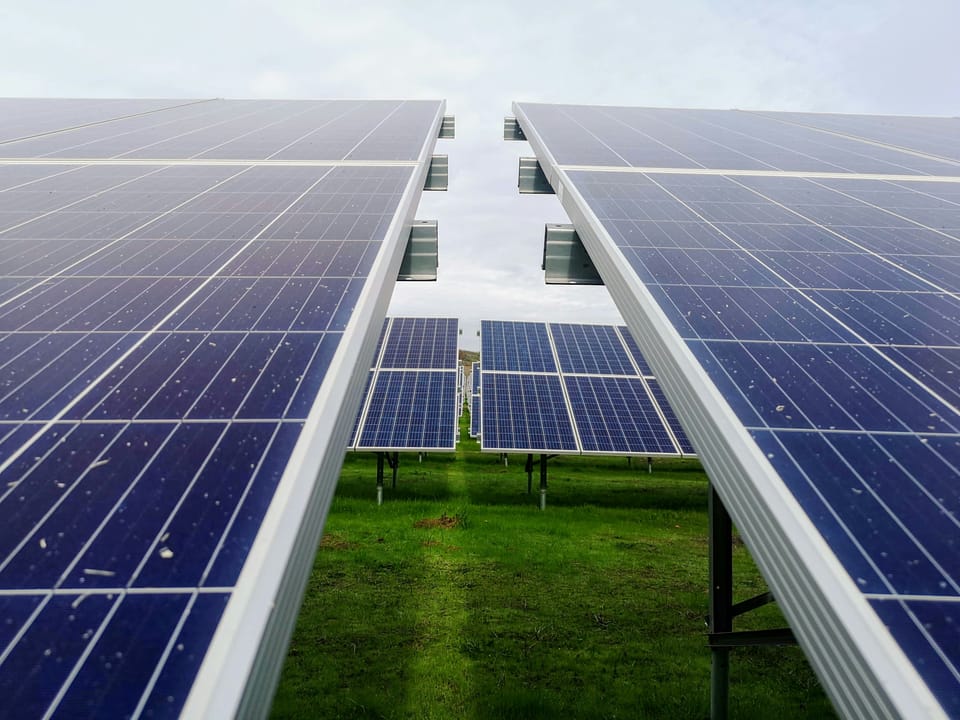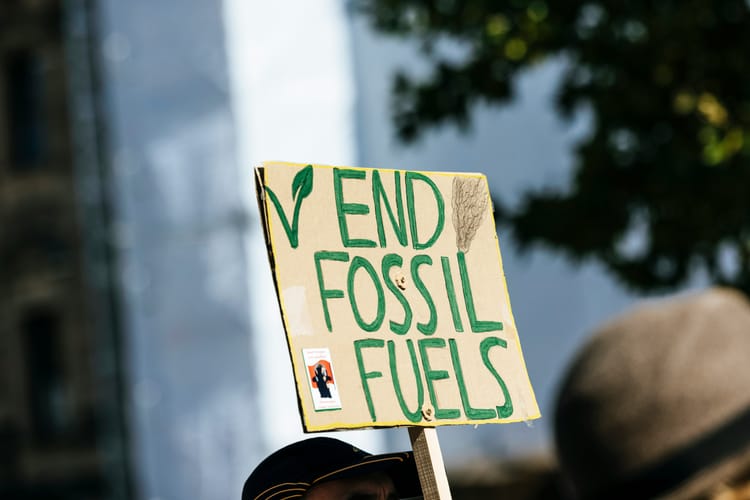Renewable power capacity expected to more than double by 2030

The amount of renewable power capacity around the globe is set to more than double by 2030, with 4,600 gigawatts (GW) to be installed in the next five years.
This means that the equivalent of the current renewable power generation of China, the EU and Japan combined will be added to the global energy mix in this timeframe – despite the current supply chain strains, grid integration challenges, financial pressures and policy shifts.
Corporate purchase power agreements, utility contracts and merchant plants will account for 30% of this expansion by 2030 – double their share in last year’s forecast.
The latest medium-term forecast by the International Energy Agency (IEA) shows that much of this growth will be powered by solar energy: driven by low costs and fast permitting, solar PV will account for around 80% of the global increase by 2030, or 3,546 GW.
Wind comes second with 873 GW, followed by hydro, bioenergy and geothermal – itself on course to hit “historic highs” in markets including the United States, Japan, Indonesia and a number of emerging and developing economies.
Grid integration challenges
“The growth in global renewable capacity in the coming years will be dominated by solar PV – but with wind, hydropower, bioenergy and geothermal all contributing, too,” said IEA Executive Director Fatih Birol.
“Solar PV is on course to account for some 80% of the increase in the world’s renewable capacity over the next five years. In addition to growth in established markets, solar is set to surge in economies such as Saudi Arabia, Pakistan and several Southeast Asian countries. As renewables’ role in electricity systems rises in many countries, policy makers need to pay close attention to supply chain security and grid integration challenges.”
According to the report, grid integration challenges are renewing interest in pumped-storage hydropower, with growth expected to be almost 80% faster over the next five years compared with the previous five.
Policy shifts lower offshore wind forecast
Renewables developers remain bullish and either maintained or raised their 2030 deployment targets in the last year – but offshore wind is the exception, suffering from the halting of several projects by the Trump administration in the US. These recent policy shifts, as well as supply chain bottlenecks, have led the IEA to lower offshore wind’s growth outlook by around 25% compared to last year’s report.
Generally, the IEA’s forecast for global renewable capacity growth was revised downward slightly compared to last year, mainly due to policy changes in the US (including the early phase-out of federal tax incentives) and in China, which recently shifted from fixed tariffs to auctions.
In contrast, emerging economies across Asia, the Middle East and Africa are expected to see faster renewables growth thanks to cost competitiveness and stronger policy support. India is on course to become the second-largest renewables growth market globally, after China, and the IEA expects the country to comfortably reach its ambitious target of 500 GW of renewables capacity by 2030.







Member discussion